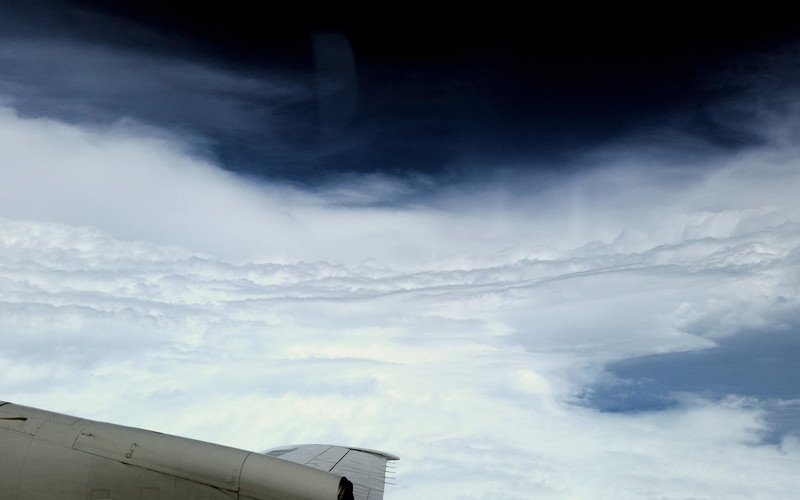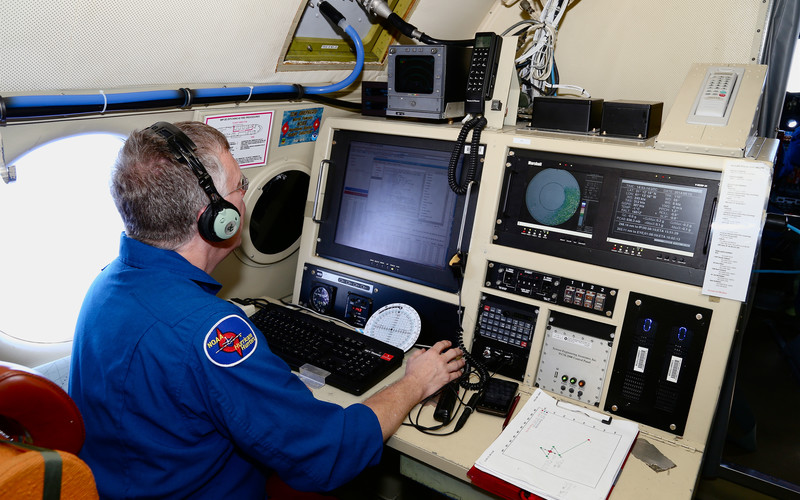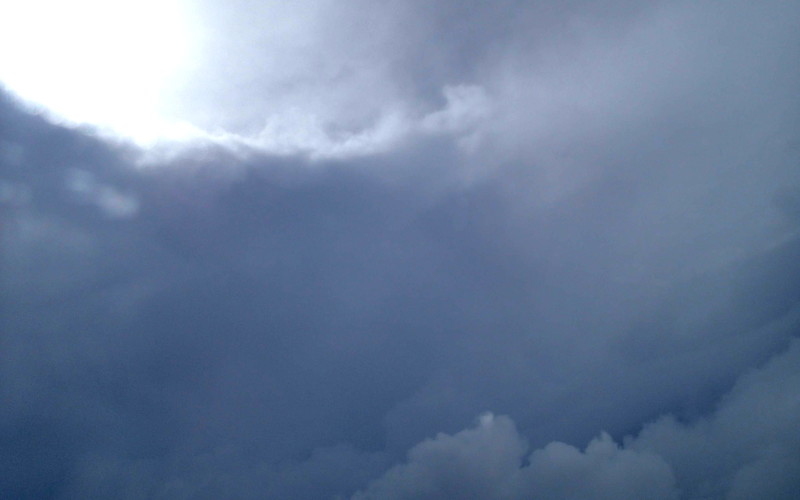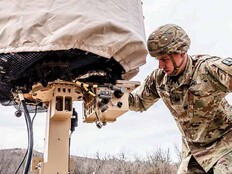Joseph Cione, lead research meteorologist for NOAA’s Atlantic Oceanographic and Meteorological Laboratory’s Hurricane Research Division, notes that scientists have long conducted manned reconnaissance of storms through old-school “hurricane hunting.”
However, drones can provide NOAA and other researchers with more detailed information that can help communities prepare for disasters. “We live in the boundary layer, we live low, we don’t live at 20,000 feet,” Cione says. “So, when storms make landfall, we want to know what the winds are doing right at that boundary layer.”
NOAA notes that the agency does not want to fly manned planes low, for safety purposes. Like the Navy, NOAA uses P-3 aircraft to fly into hurricanes. The Navy suggested to NOAA that it follows its lead and drop drones out of P-3 planes into hurricanes. “So we did, and it worked,” Cione says.
NOAA had “some great success” with this approach between 2014 and 2018, Cione says. The agency learned several lessons from using the drones, but because they were designed from the military, Cione wanted to design something from scratch. The drone would need to be sophisticated and intelligent.
“We have every intention of making these things artificial intelligence-driven,” Cione says.
DIVE DEEPER: Here are some best practices for drone technology innovation in government.
According to Cione, the AI-driven drones are not automated in such a way that they are dropped out of planes and then fly only one preplanned route. “Each storm is different, so that won’t work,” he says.
“As it’s flying, it senses what’s going on,” Cione adds. “It’s using its sensors, its machine learning, its artificial intelligence, understanding its environment, making decisions based upon the sensors and then going into the environment that we want it to go into.”
Such tools show the “potential for these systems to really leverage and increase our ability to get more data in these locations,” Hall says.
Those AI tools will enable NOAA to gain “situational awareness in a storm that is going to make landfall,” Cione says. That can help NOAA and state and local authorities evacuate communities with more precision. “You save lives,” Cione says.





















